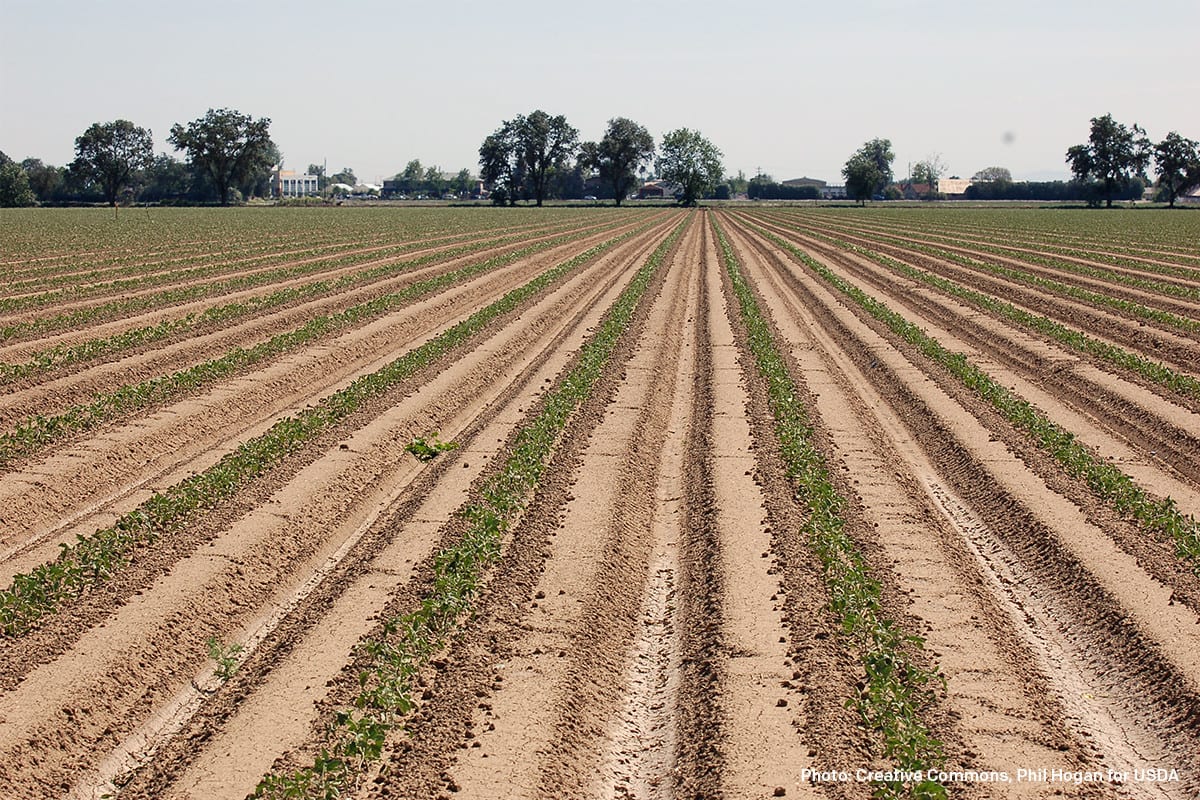Ending the Drought in Agriculture Research Funding
By Dan Klotz, January 5, 2016

In the 1940s, just after the Dust Bowl years, almost 40 percent of the U.S. government’s research budget was focused on agriculture. Today, only two percent is.
This decrease is not just an issue for farmers; it’s dangerous for all of us who depend on agriculture to put food on the table.
California, which produces more of 66 different food crops than any other state in the US, is a great example for why we need more food science. The state is mired in a four-year-long drought, and meteorologists cannot predict whether the current rainy stretch that has reached its thirsty Central Valley will be enough.
Farmers need new scientific solutions to keep their fields active and growing, but agricultural research is no longer a priority for our federal government.
This point was the centerpiece of an opinion piece that ran in the New York Times, co-authored by Nobel Prize-winning biologist Philip Sharp and Alan Leshner, CEO Emeritus of the American Association for the Advancement of Science. The two authors are also board members of the Supporters of Agricultural Research Foundation, Burness’ partner.
In the opinion piece, the authors argue for more public funding for scientific research focusing on agriculture and food production.
They also note that a solution to this problem is already up and running: the USDA’s Agriculture and Food Research Initiative (AFRI). AFRI is the primary source of competitively awarded federal research grants for the agriculture and food sciences.
But despite a recent increase in the omnibus budget agreement passed by Congress last month, the program has never been fully funded. In 2014, for example, AFRI’s peer-review process identified more than $1 billion in grants worthy of funding, but the program could dispense only $270 million.
Next week, the federal budget season opens with the President’s State of the Union Address. Many in the agricultural sector will be watching to see whether AFRI can continue to grow in size and scope.
Let’s hope it can. Keeping the flow of food science to farmers is vital for a healthier future for us all.
